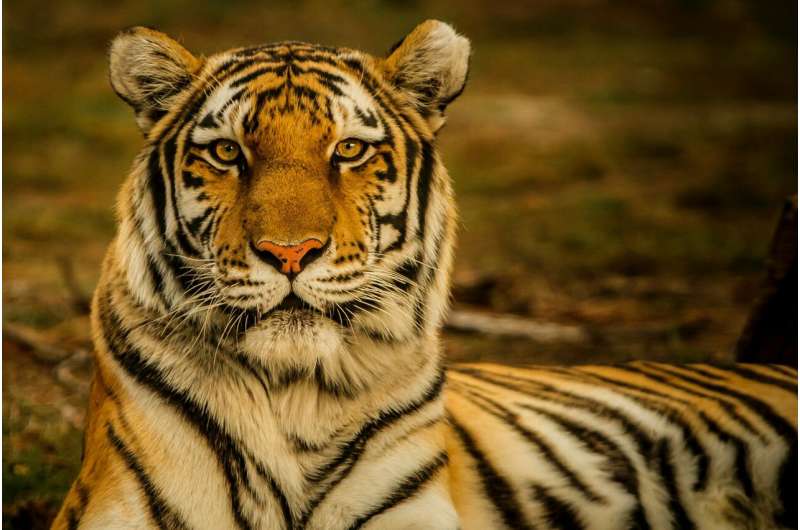New mathematical model to save endangered species

What does the blue whale have in common with the Bengal tiger and the green turtle? They share the risk of extinction and are classified as endangered species. There are multiple reasons for species to die out, and climate change is among the main reasons.
The risk of extinction varies from species to species depending on how individuals in its populations reproduce and how long each animal survives. Understanding the dynamics of survival and reproduction can support management actions to improve the chances of survival for a given species.
Mathematical and statistical models have become powerful tools to explain these dynamics. However, the quality of the information used to construct such models is crucial to improve the chances of accurately predicting the fate of populations in nature. "A model that over-simplifies survival and reproduction can give the illusion that a population is thriving, when in reality, it will go extinct," says Associate Professor Fernando Colchero, author of new paper published in Ecology Letters.
Colchero's research focuses on mathematically recreating the population dynamics by better understanding species demography. He works on constructing and exploring stochastic population models that predict how a certain population (for example, an endangered species) will change over time.

These models include mathematical factors to describe how the species' environment, survival rates and reproduction determine to the population's size and growth. For practical reasons, some assumptions are necessary.
Two commonly accepted assumptions are that survival and reproduction are constant with age, and that high survival in the species goes hand in hand with reproduction across all age groups within a species. Colchero challenged these assumptions by accounting for age-specific survival and reproduction, and for trade-offs between survival and reproduction. This is, that sometimes conditions favoring survival will be unfavorable for reproduction, and vice versa.
For his work Colchero used statistics, mathematical derivations, and computer simulations with data from wild populations of 24 species of vertebrates. The outcome was a significantly improved model that had more accurate predictions for a species' population growth.
Despite the technical nature of Fernando's work, this type of model can have very practical implications as they provide qualified explanations for the underlying reasons for the extinction. This can be used to take management actions and may help prevent extinction of endangered species.
More information: Fernando Colchero et al, The diversity of population responses to environmental change, Ecology Letters (2018). DOI: 10.1111/ele.13195
Journal information: Ecology Letters
Provided by University of Southern Denmark




















